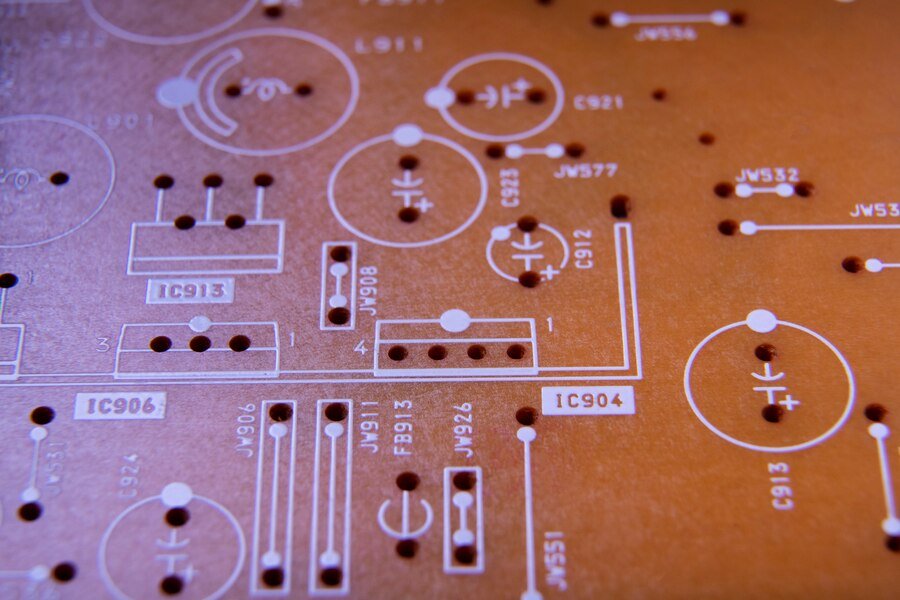The K24 engine, known for its performance and reliability, is widely used in various Honda vehicles. When modified to run on propane, it utilizes a specific propane idle circuit designed to manage the engine’s idle speed and fuel delivery effectively. This article delves into the intricacies of the K24 propane idle circuit, discussing its components, operation, troubleshooting, and maintenance.
What is the K24 Engine?
The K24 engine is a 2.4-liter inline-four engine produced by Honda. It is renowned for its efficiency and versatility, making it a popular choice in several Honda models, including the Accord, Civic, and CR-V. Due to its design, the K24 can be adapted to run on propane, a cleaner-burning alternative to gasoline. Propane conversion is increasingly common, particularly in fleet vehicles, due to its environmental benefits and cost-effectiveness.
The Importance of the Idle Circuit
The idle circuit in any engine is crucial for maintaining stable idle performance. In the case of the K24 propane engine, the idle circuit ensures that the engine receives the correct amount of propane during idling. This circuit prevents stalling, improves throttle response, and enhances overall engine performance.
Key Components of the K24 Propane Idle Circuit
- Propane Regulator:
- The propane regulator plays a vital role in the idle circuit. It reduces the high pressure of propane from the tank to a lower, manageable pressure for the engine. This component ensures that a consistent flow of propane is delivered to the engine.
- Idle Air Control Valve (IACV):
- The IACV regulates the amount of air entering the engine during idle. It works in tandem with the propane system to adjust the air-fuel mixture, ensuring the engine runs smoothly regardless of changes in load or temperature.
- Throttle Position Sensor (TPS):
- The TPS monitors the position of the throttle and provides feedback to the engine control unit (ECU). This data allows the ECU to adjust the fuel mixture accurately, ensuring optimal combustion and engine performance.
- Fuel Injectors:
- In a propane system, fuel injectors spray propane into the engine’s intake manifold. These injectors are calibrated to deliver the precise amount of propane needed for various operating conditions, ensuring efficient combustion.
- Electronic Control Unit (ECU):
- The ECU serves as the engine’s brain, processing data from various sensors, including the TPS and IACV. It adjusts the fuel-air mixture to optimize engine performance and maintain a stable idle.
How the Idle Circuit Functions
The K24 propane idle circuit operates through a series of coordinated actions:
- Starting the Engine:
- When the engine starts, the propane regulator supplies propane at the correct pressure. The IACV opens to allow additional air into the engine, facilitating a smooth start.
- Maintaining Idle Speed:
- Once the engine is running, the ECU continuously monitors inputs from the TPS and IACV. If the engine begins to stall or idle roughly, the ECU adjusts the IACV to allow more air into the engine, stabilizing the idle speed.
- Load Compensation:
- As the engine experiences changes in load, such as when accessories are turned on, the TPS relays this information to the ECU. The ECU then compensates by adjusting the fuel supply and air intake, ensuring consistent performance.
Troubleshooting Common Issues
If your K24 propane engine experiences issues with idling or performance, here are some common problems and potential solutions:
- Rough Idle:
- A rough idle can indicate problems with the IACV or fuel injectors. Cleaning or replacing the IACV and ensuring the fuel injectors are functioning correctly can often resolve the issue.
- Poor Acceleration:
- If the engine struggles to accelerate, check the TPS for proper operation. A malfunctioning TPS may send incorrect throttle position data to the ECU, leading to performance issues.
- Fuel Delivery Problems:
- Ensure the propane tank is adequately filled and that the regulator is working correctly. Inspecting for leaks in the fuel lines is also crucial, as any leak can disrupt fuel delivery.
- ECU Errors:
- If problems persist, checking the ECU for error codes is essential. A malfunctioning ECU can lead to improper adjustments in the idle circuit, causing ongoing issues.
Maintenance Tips for the K24 Propane Idle Circuit
To keep the K24 propane idle circuit functioning optimally, regular maintenance is essential:
- Inspect Components Regularly:
- Periodically check the IACV, TPS, and fuel injectors for dirt and debris. Cleaning these components can improve performance and prevent idling issues.
- Check for Leaks:
- Regularly inspect propane lines and connections for leaks. A simple soap and water mixture can help identify leaks around fittings and hoses.
- Replace Fuel Filters:
- If your propane system includes a fuel filter, replace it as per the manufacturer’s recommendations. A clogged filter can restrict fuel flow, leading to performance issues.
- Monitor Propane Levels:
- Keep an eye on the propane tank level. Running low can cause inconsistent engine performance and potential stalling.
- Seek Professional Help:
- If you experience persistent problems, consider having a qualified technician inspect the propane system. Professional diagnostics can uncover issues that may not be immediately visible.

Conclusion
The K24 propane idle circuit is a crucial aspect of ensuring that K24 engines running on propane operate smoothly and efficiently. Understanding the components and functionality of this circuit can help users optimize their vehicles for better performance and reliability. By conducting regular maintenance and troubleshooting common issues, users can enjoy the benefits of propane fuel, including lower emissions and improved engine performance. Embracing propane technology, coupled with knowledge of the idle circuit, empowers users to make the most of their K24-powered vehicles, contributing to a more sustainable and cost-effective driving experience.











